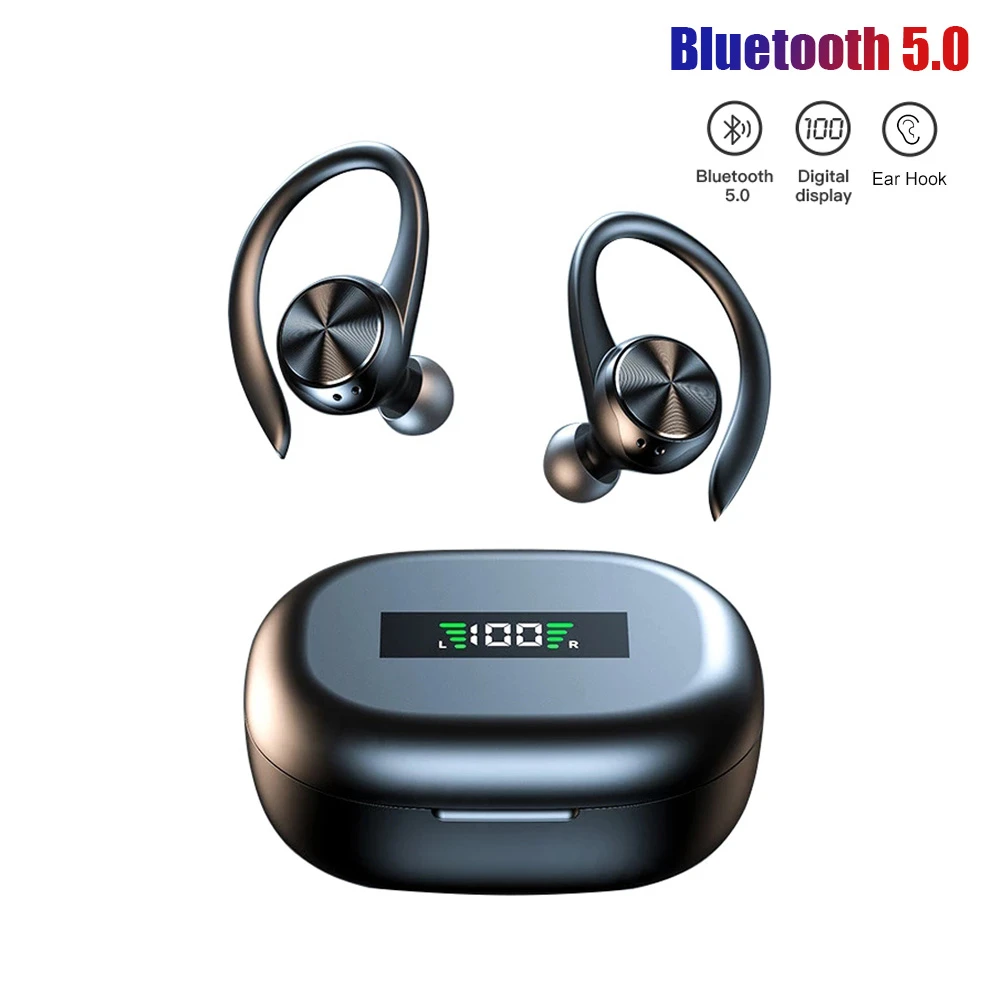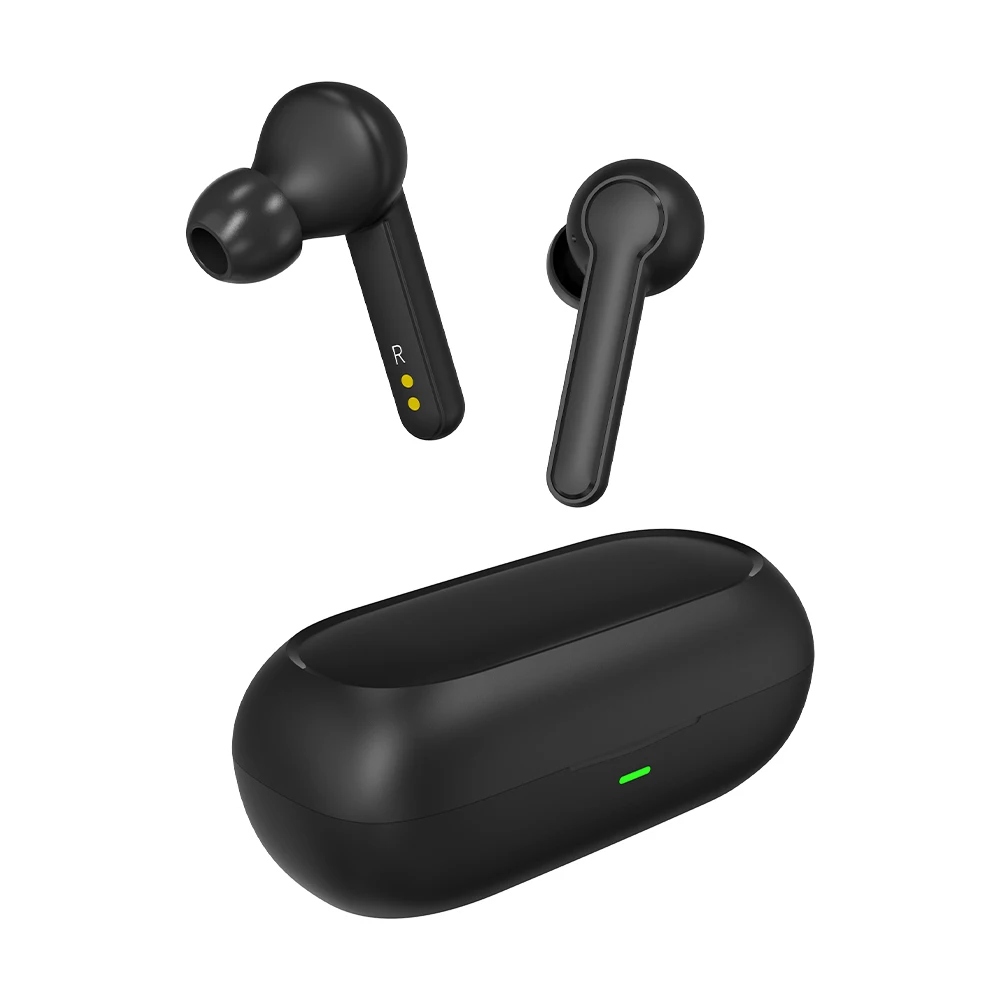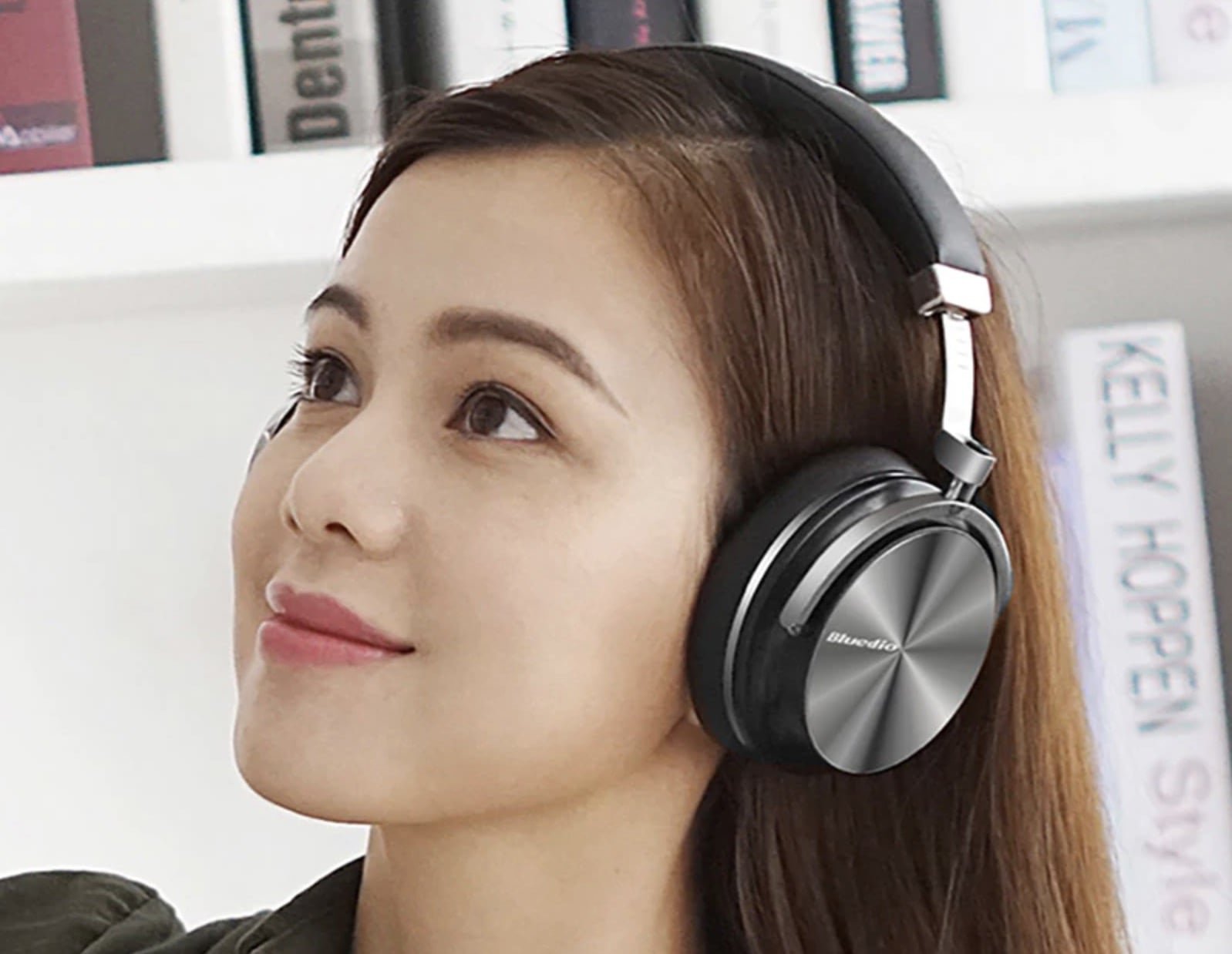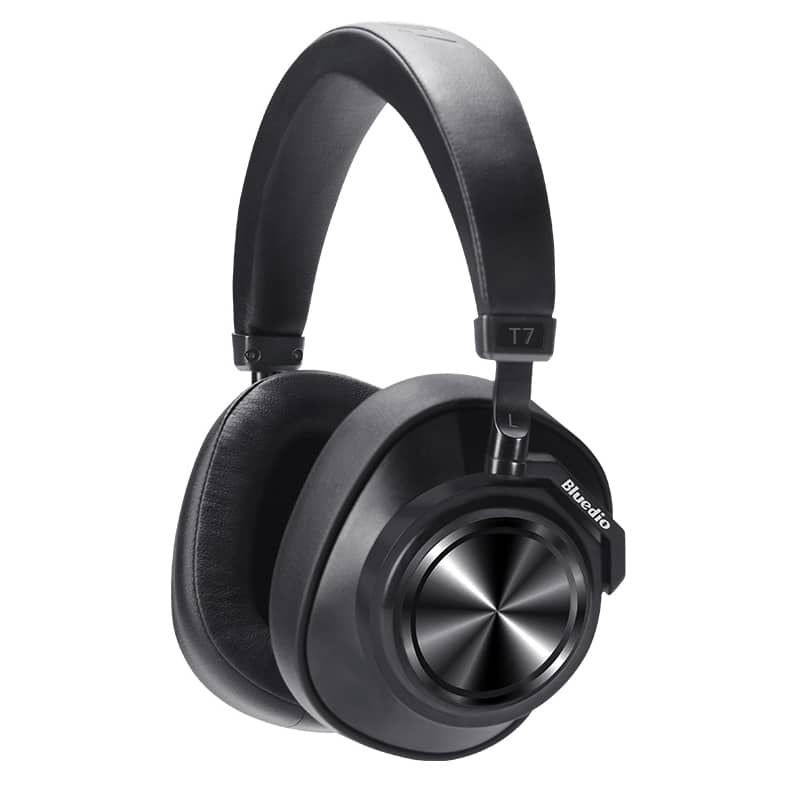
TWS A6 Lite słuchawki Bluetooth słuchawki bezprzewodowe słuchawki HD Voice HiFi Stereo Sport Mini słuchawki douszne do smartfona iPhone Huawei| | - AliExpress

Słuchawki AliExpress TWS bezprzewodowe słuchawki Bluetooth 5.0 Mini słuchawki bezprzewodowe słuchawki sportowe douszne - Opinie i ceny na Ceneo.pl

TWS sport słuchawki Bluetooth słuchawki bezprzewodowe z mikrofonem wodoodporne słuchawki douszne HiFi Stereo muzyka słuchawki douszne dla iPhone Samsung| | - AliExpress

Panasonic RZ-B100 cyfrowe bezprzewodowe słuchawki stereo (Bluetooth, Extra Bass System, wodoodporność IPX4, do 16h pracy z etui ładującym), białe » Oficjalny Sklep Panasonic

Słuchawki bezprzewodowe z Bluetooth z mikrofonem sportowe wodoodporne słuchawki TWS Bluetooth sterowanie dotykowe bezprzewodowe słuchawki z mikrofonem słuchawki douszne|Słuchawki douszne i nauszne| - AliExpress

R200 TWS zestaw słuchawkowy dla aktywnych słuchawki bezprzewodowe Bluetooth słuchawki douszne z mikrofonem wodoodporne zaczepy douszne słuchawki Stereo do telefonów| | - AliExpress

Słuchawki AliExpress SANLEPUS B1 wyświetlacz Led słuchawki Bluetooth słuchawki bezprzewodowe TWS Stereo słuchawki douszne - Opinie i ceny na Ceneo.pl

AliExpress SANLEPUS Bluetooth słuchawki Led słuchawki bezprzewodowe TWS 5.0 Stereo słuchawki douszne z - Ceneo.pl

Bezprzewodowe słuchawki douszne z nadrukiem V0352-03 - Słuchawki bluetooth z nadrukiem | Najtańsze produkty - opengift.pl

AliExpress Oryginalny I9000 Tws 1:1 Inteligentny Czujnik Pop Up Słuchawki Douszne Czarny Bezprzewodowe | agriplaza.in

AliExpress Kanen Słuchawki Bezprzewodowe Bluetooth Stereo Słuchawki Douszne Z Mic Głośnomówiący Słuchawki Słuchawki Dla iPhone Samsung Pc Na Dziewczyn - Ceneo.pl

Słuchawki bezprzewodowe do telewizora z nadajnik RF do oglądania i słuchania cyfrowe słuchawki douszne bezprzewodowe do telewizora akumulator|wireless headphones for tv|tv headphonesheadphones for tv - AliExpress

AliExpress Nowe słuchawki bezprzewodowe F9 Bluetooth 5.0 TWS słuchawki HIFI Mini douszne słuchawki douszne do - Ceneo.pl

K88 Tws słuchawki bezprzewodowe słuchawki Bluetooth słuchawki douszne zestaw słuchawkowy dla aktywnych z etui z funkcją ładowania Mic dla smartfona|Słuchawki douszne i nauszne Bluetooth| - AliExpress







